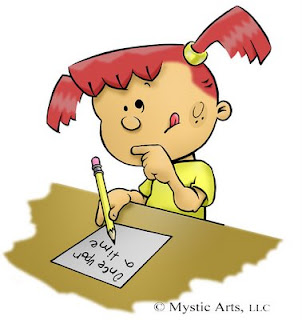
How does the character’s voice show us his/her character as a teenager?
Learning Targets
- I can identify the elements of voice in a literary text.
- I can explain how voice shows a character’s social location.
- I can write in a character’s voice to show his/her character.
WHO?
Take a moment to look at your Voice Explosions for Bobby, Hazel, & Arnold.
Which one compels you the most? Commit.
I, ____________________________________________, will to the best of my abilities complete a Say What?: Looking at Voice project about the teenage character _________________________________.
HOW?
This project is aural, meaning it is meant to be HEARD. What does your character SOUND like? Below circle one of the following voice options:
I Am What I Am poem
Criteria: Your project must . . .
Conform to the “I Am What I Am” poem structure
Have a point about being a teenager that the character is trying to make
Incorporate the words, sentences, & emotions established for your character (Voice Explosion Map)
Use accurate details from the story & Social Location Map
Show completely original sentences (NO copying sentences from the story!)
Use appropriate grammar, spelling, punctuation and grammar
Be legibly hand-written or typed
Written/Performed Skit
Criteria: Your project must . . .
Conform to a screenplay or play structure
Have a point about being a teenager that the character is trying to make
Include at least two characters
Incorporate the words, sentences, & emotions established for your character (Voice Explosion Map)
Use accurate details from the story & Social Location Map
Show completely original sentences (NO copying sentences from the story!)
Use appropriate grammar, spelling, punctuation and grammar
Be legibly hand-written or typed
Monologue: Rant/Harangue/Lament/Declaration
Criteria: Your project must . . .
Conform to a monologue structure
Have a point about being a teenager that the character is trying to make
Incorporate the words, sentences, & emotions established for your character (Voice Explosion Map)
Use accurate details from the story & Social Location Map
Show completely original sentences (NO copying sentences from the story!)
Use appropriate grammar, spelling, punctuation and grammar
Be legibly hand-written or typed
















